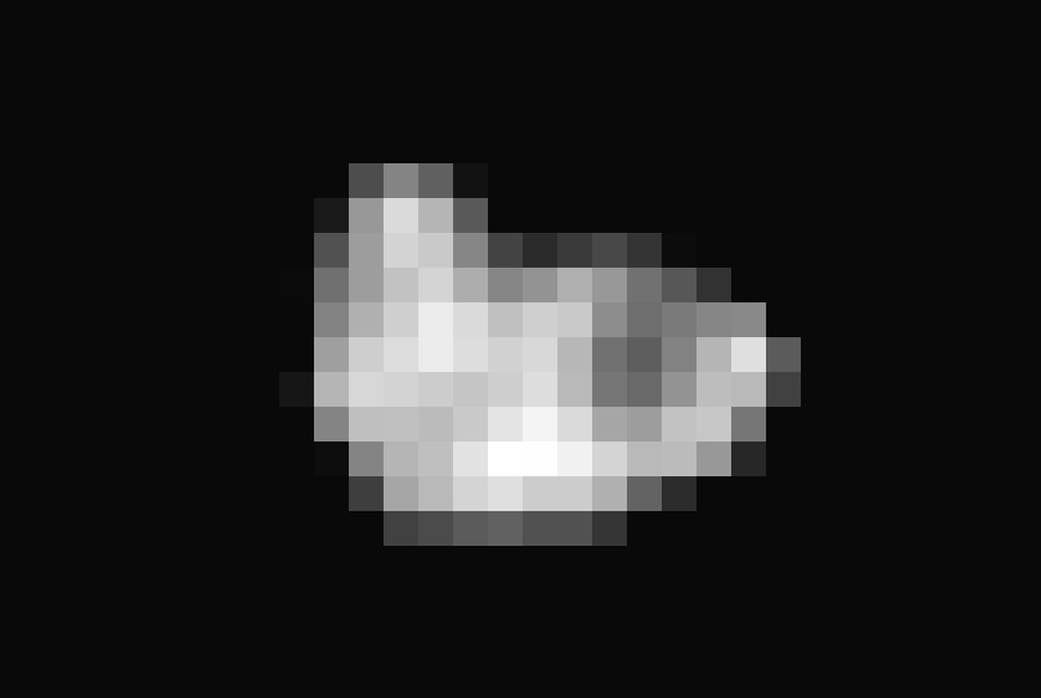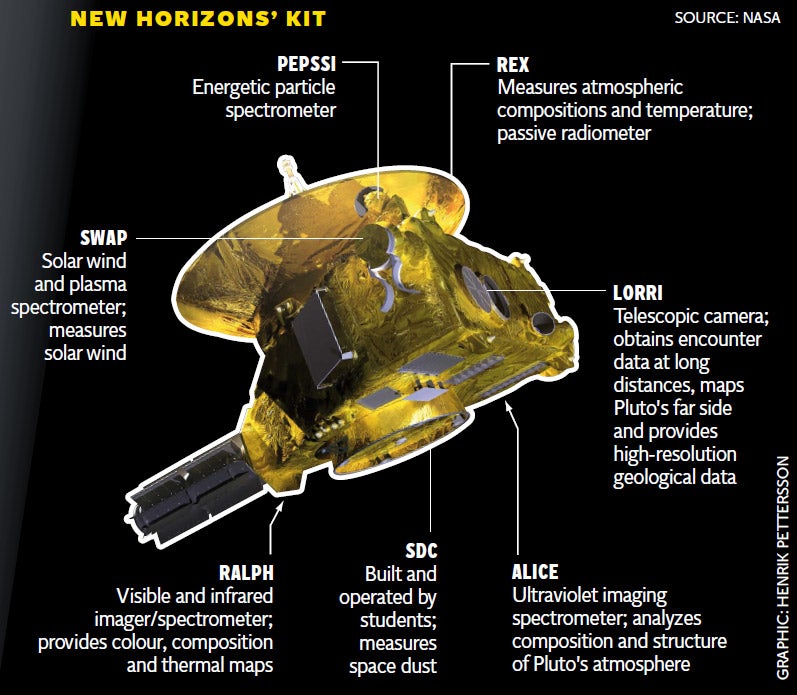New Horizons: Pluto's moon, Hydra, shown in detail for first time ever
Pictures have allowed scientists to finally say what shape and how big the mysterious moon is – and even speculate about what it might be made of

Your support helps us to tell the story
From reproductive rights to climate change to Big Tech, The Independent is on the ground when the story is developing. Whether it's investigating the financials of Elon Musk's pro-Trump PAC or producing our latest documentary, 'The A Word', which shines a light on the American women fighting for reproductive rights, we know how important it is to parse out the facts from the messaging.
At such a critical moment in US history, we need reporters on the ground. Your donation allows us to keep sending journalists to speak to both sides of the story.
The Independent is trusted by Americans across the entire political spectrum. And unlike many other quality news outlets, we choose not to lock Americans out of our reporting and analysis with paywalls. We believe quality journalism should be available to everyone, paid for by those who can afford it.
Your support makes all the difference.Scientists have known for ten years that Pluto’s moon, Hydra existed – and little more than that. But scientists have finally received pictures of Pluto’s outermost moon, answering some of the most important questions about the little rock.
Though the image is still pixelated and difficult to make out, it is far more detailed and useful than any image of the moon ever taken before. The few pixels that can be seen tell scientists that it is an irregularly-shaped rock, with hugely varying amounts of brightness across its surface.
The picture was taken from the Long Range Reconnaissance Imager aboard the New Horizons craft, which was about 400,000 miles from Hydra when it took the picture and has just made a historic Pluto flyby. They were beamed back along with a number of important images of neighbours Pluto and Charon this morning.
The initial observations have allowed Nasa to speculate that the surface is probably covered in water ice – the same as its bigger neighbour Charon, and the most abundant ice in the whole universe.
Scientists have also picked out a dark spot about 6 miles wide, on a surface that in all somewhere between Charon and Pluto in terms of brightness.

"New Horizons has finally nailed the basic physical properties of Hydra," Hal Weaver, New Horizons Project Scientist and LORRI science operations lead, said in a statement. "We're going to see Hydra even better in the images yet to come."
The released pictures have a resolution of about 2 miles per pixel, and show that the planet Nasa describes as “potato-shaped” is about 27 miles by 20 miles in size.
Join our commenting forum
Join thought-provoking conversations, follow other Independent readers and see their replies
Comments